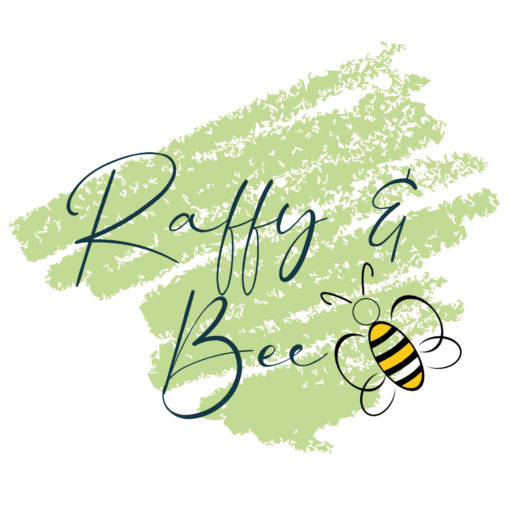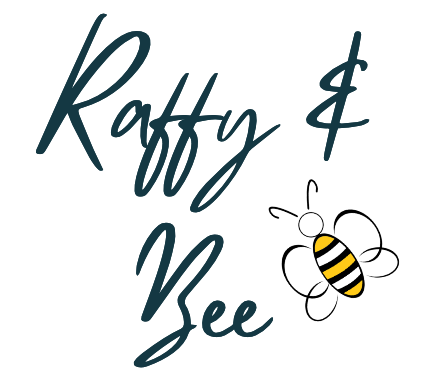Loop by Loop: All About Loom Knitting
Loom knitting is a popular and increasingly versatile craft that has taken the world by storm. It is a method of knitting that uses a loom instead of traditional knitting needles. This allows for smoother and faster creation of knitted garments.
In recent years, loom knitting has become more and more popular as people look for alternative ways to de-stress and unwind. The repetitive motion of loom knitting is known to have a calming effect on the mind and body. This therefore makes it perfect for those who are looking for a therapeutic activity.
Loom knitting is also a great way to create meaningful and personalised gifts for friends and family.
Loom knitting is incredibly accessible, making it perfect for beginners who are looking to learn a new skill or hobby.
I first found out about loom knitting when I was researching into no needles knitting techniques that I could learn when hubby was away a lot.
Loom knitting is very different to other techniques I have used, but it makes stunning pieces!
In this blog post, we’ll explore the art of loom knitting, discussing why it’s a fantastic choice, the best yarns to use, and the wide array of items you can craft with this technique.
Let’s make a start!
Introduction to loom knitting
Loom knitting is a method of knitting that uses a loom or knitting board instead of traditional knitting needles.
It’s a fun and easy way to create a variety of projects, from hats and scarves to blankets, i-cords and even garments.
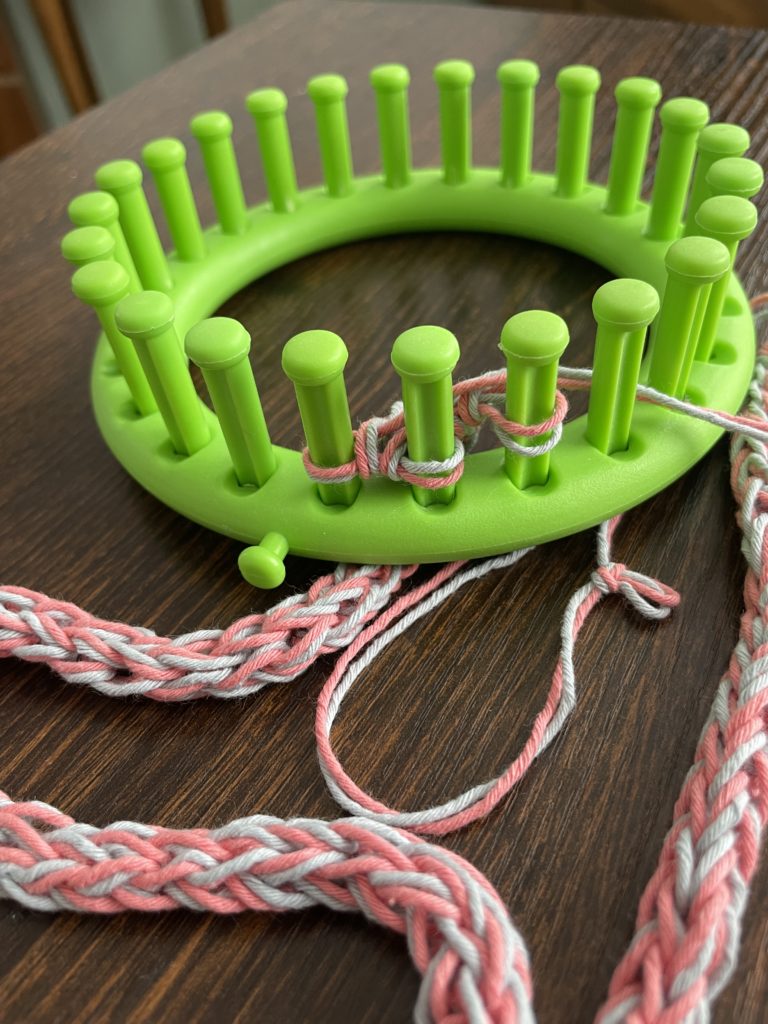
The loom consists of a series of pegs that are evenly spaced apart. Then yarn is wrapped around the pegs to create stitches. Unlike traditional knitting, there is no need to worry about dropping stitches, or keeping track of complicated patterns.
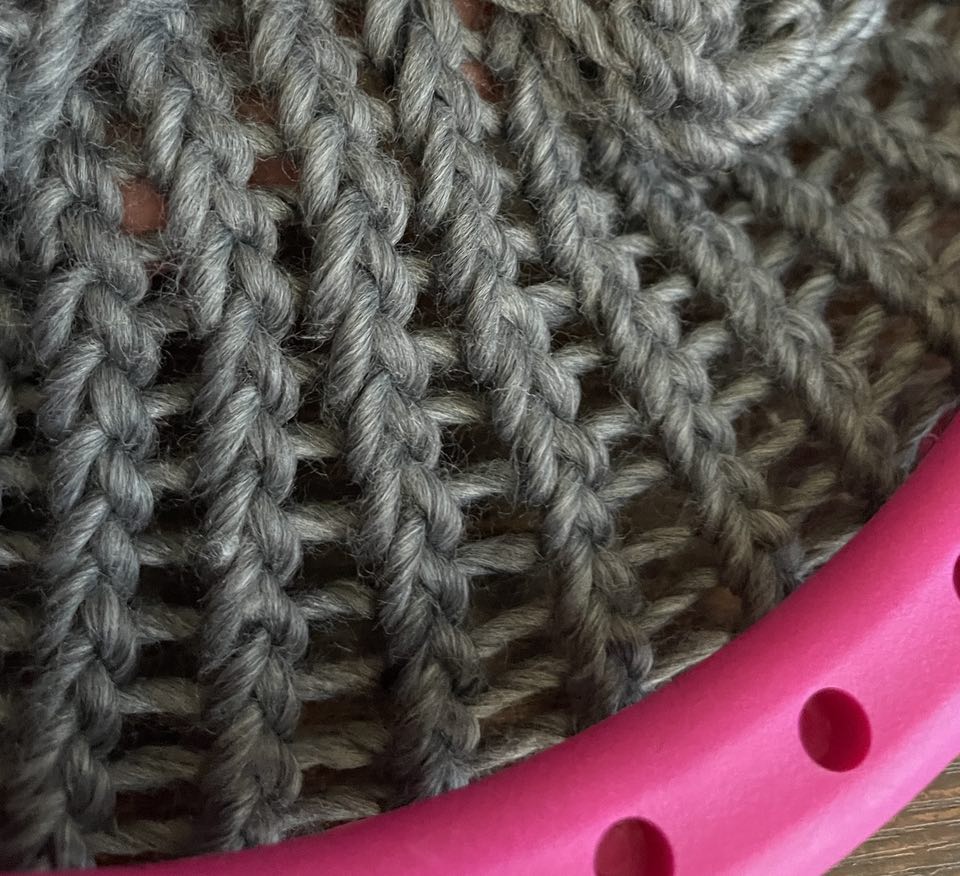
Advantages of loom knitting
One of the main advantages of loom knitting is its simplicity, which makes it easy for beginners and experienced knitters alike to create beautiful items.
You can loom knit with a variety of yarns, including bulky and chunky yarns, which make the finished product thicker and warmer.
Also, unlike traditional knitting, loom knitting doesn’t require any needles. This makes it a great alternative for those who struggle with traditional knitting needles.
Another advantage of loom knitting is that it is comfortable for those with hand or wrist issues. Since you don’t have to hold and manipulate needles, it’s gentler on your hands. If you have arthritis or other physical limitations this makes it an ideal choice of hobby.
I find loom knitting extremely relaxing. It is very therapeutic to see the stitches being formed and the project taking shape. But more than that, it is the actual technique itself.
Loom knitting for mindfulness and positivity
First and foremost, the rhythmic and repetitive nature of loom knitting can have a calming and meditative effect on the mind. It promotes mindfulness, helping individuals to focus their attention on the task at hand and momentarily set aside the stresses of daily life.
Moreover, the tactile nature of handling yarn and creating intricate patterns can be incredibly soothing, reducing anxiety and providing a sense of accomplishment.
Loom knitting is also accessible to individuals of various skill levels and physical abilities, making it an inclusive and empowering craft.
By engaging in this unique craft I can create cozy accessories, and gain a sense of pride and accomplishment. This feeling of pride boosts my self-esteem and mental well-being.
Ultimately, loom knitting is not just a craft; it’s a therapeutic journey that weaves together relaxation, creativity, and improved mental health.
Choosing the right yarns
When it comes to loom knitting, choosing the right yarn is an essential factor that can make or break any project. The type of yarn chosen will affect the drape, texture, and overall appearance of the finished product. There are several factors to consider when selecting yarns, including fibre content, weight, and texture.
- Yarn Weight: The thickness of the yarn, known as its weight, plays a crucial role in any project’s outcome. Common yarn weights for loom knitting include bulky, worsted, and sport weight. Heavier yarns are great for warm, cozy items like beanie hats, while lighter ones are suitable for thin i-cords and accessories.
- Fibre Content: Yarns come in various materials, such as acrylic, wool, cotton, and blends. It is so important to consider the intended use of the project and any allergies or sensitivities when selecting a fibre. I only use planet friendly fibres such as recycled acrylic, T shirt yarn and recycled plastic bottles yarn (yes it really is a thing)!
- Texture: Texture can add depth and visual interest to creations. Experiment with different yarn textures to achieve unique effects. Adding two strands of yarn together can really alter the texture and final appearance of a project.
- Colour: Yarn colour can also drastically impact the appearance of a project. Most of my yarns are natural, earthy shades, but the T shirt yarns come in all manner of shades. I like to choose colours that complement each other in some way. For example, choosing a plain yarn with a patterned yarn can create exciting patterns without the need for complex techniques.
- Elasticity: Some projects like hats for example, benefit from yarns with a bit of stretch. The yarns I use and recommend stretch to fit a range of sizes and help my creations maintain their shape.
The knitting looms!
The main event in loom knitting are the knitting looms!
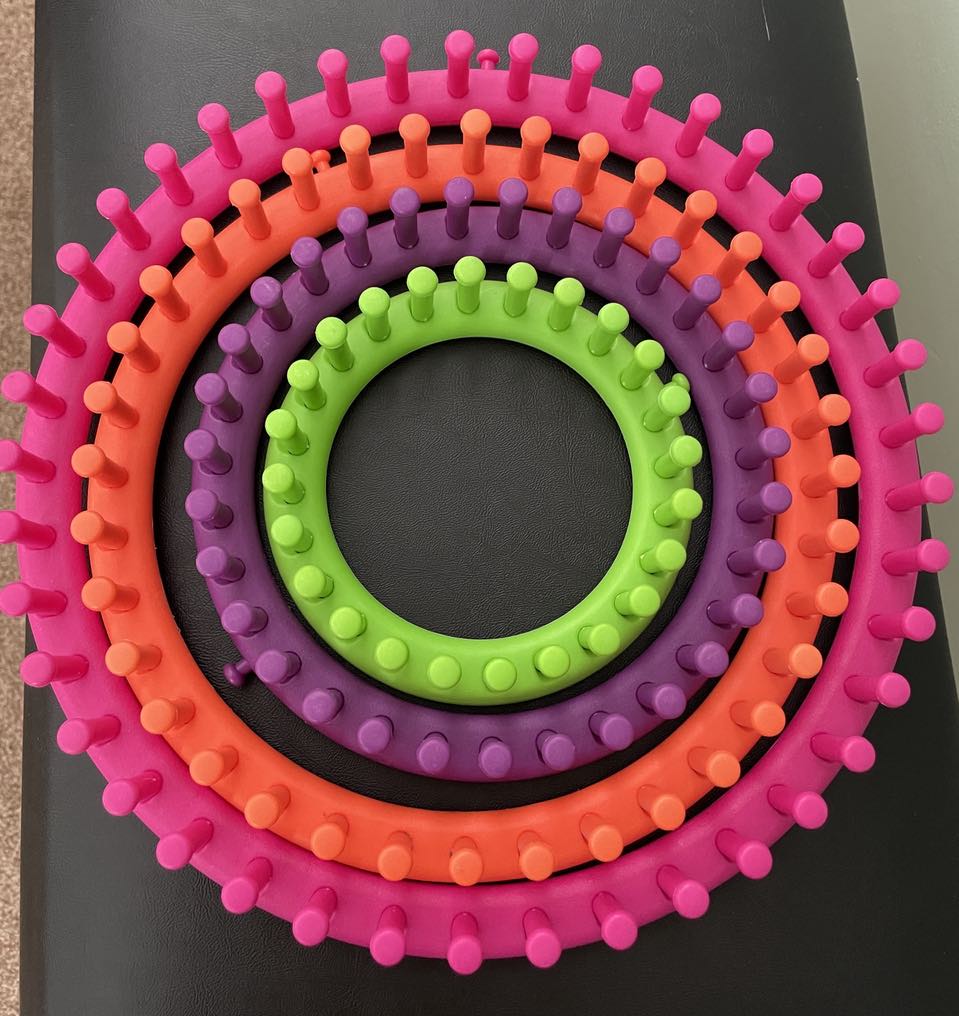
Looms come in different shapes and sizes, and can be picked up cheaply from Facebook marketplace. Amazon also sell them. I got mine from Market Place for less than £5 for all four.
The other essential loom knitting tools
There are four other essential loom knitting tools, as well as the knitting loom itself, that I use in all my projects, and I will talk about these now.

A tape measure
The first tool I use is a tape measure to measure the length of my projects. I use a soft tape measure as I find them easier to use when I am measuring the projects on and off the loom.
I will be writing a list of sizes etc for different projects in the near future.
Stitch counter
A stitch counter is another essential tool that will help you keep track of the number of rows you’ve completed. Most of time I use my eye and tape measure to measure my projects. I will be writing a list of sizes etc for different projects in the near future.
Everyone has different tensions. What that means is that everyone tightens their stitches differently, so some projects may be looser, some may be tighter. The yarns themselves also will loom knit differently. The bulkier the yarn, the bigger the stitches on the loom.
A loom hook
You’ll also need a hook, which is used to pull the yarn through the loops on the loom. You can use different tools for a loom hook. I have hooks that I have got in packs from Amazon, both plastic and metal. They need to have a bent bit at the end so that they can lift up the underneath stitch to knit it.
A pair of scissors
Finally, a pair of scissors is necessary for cutting the yarn when the project is finished. If yarn is added in the middle of project to change colour etc, then the ends of the yarns will need to be snipped off to keep it neat.
What creations can be made with a knitting loom?
The possibilities of what can be made with a knitting loom are nearly endless. Here are a few popular loom knitting projects to inspire your creativity:
- Scarves: Scarves are an excellent starting point for loom knitters. They can be made with thicker yarns for the colder weather and thinner yarns for the warmer months.
- Hats: Loom knitted beanie hats are not only fashionable but also quick to make when knitted with chunky yarn. Explore various styles, from slouchy beanies to snug, traditional caps.
- Cowls: Cowls are basically neck warmers. They can be made with one or two layers depending on the thickness of the yarn and how warm they are meant to be for the wearer.
- Blankets and Afghans: There are specific knitting looms which make cozy blankets and afghans.
- Ear Warmers: Ear warmers are perfect for those who don’t want to wear a hat, but need more than just a scarf to keep their ears warm.
- Baby blanket: A baby blanket would be perfect to make on a knitting loom in a soft organic cotton yarn.
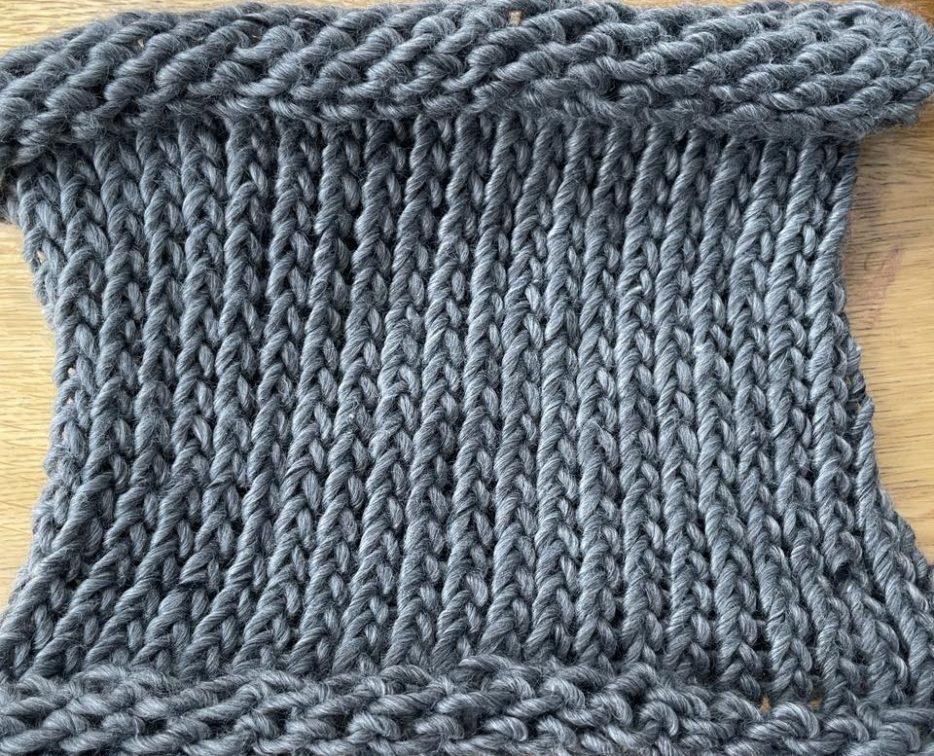
Let’s wrap up!
Loom knitting is a delightful and accessible craft that offers a world of creative possibilities.
It is a great alternative to traditional knitting for those who are looking for a new hobby or have physical limitations that make traditional knitting difficult.
Some of the projects can take time, but for me that is a good thing as it gives a positive feeling to complete them. The loom knitting technique is therapeutic and when I am using my knitting looms, time goes very quickly for me, and I get lost in the rhythm of the stitches.
Feeling soft yarns on the loom wakes up my senses and brings me a lot of joy. The finished projects look unique and a little bit quirky. And that is what I love. The fact that these are not mass produced, but hand crafted with love and attention.
With a variety of loom sizes and styles available, you can create a wide range of projects, from hats and scarves to blankets and neck warmers.
I hope you have enjoyed this blog post.
Sign up for Raffy & Bee updates and grab my Types Of Yarn free digital download.
